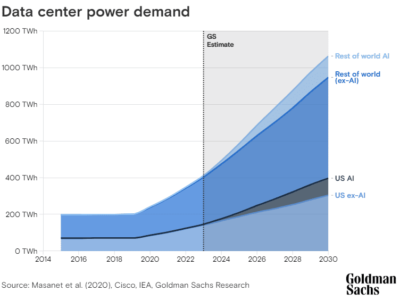Sub-28nm processes make up half of global chip production
Meanwhile the market research company is charting the rise of the new leading-edge, at less than 10nm which is the target of 5 percent of global production in 2019 but will rise to represent 25 percent of global production in 2023.
The global manufacturing capacity in 200mm equivalent wafers is estimated to be 20.27 million wafers per month in December 2019 rising to 25.34 million wafers per month in December 2023.

Monthly installed IC manufacturing capacity by minimum geometry. Source: IC Insights.
South Korea (Samsung) and Taiwan (TSMC) are currently the only two regions with fabs processing what are being called <10nm processes. South Korea and Japan both have large shares of capacity in the <20nm – ≥10nm segment, with the vast majority of it being used to produce NAND flash (equivalent feature size) and DRAM, but also some for advanced logic and application processors built with 14nm, 10nm, or 8/7nm technology. Taiwan also has a large share of the <20nm – ≥10nm capacity, with roughly half of it being for foundry services and the other half for DRAM production.
It is notable that Chinese manufacturers continue to struggle to get close to the leading edge. SMIC has taken time to bring up 28nm manufacturing processes while the leading-edge has moved forward. All sub-28nm manufacturing capacity in China is owned and controlled by foreign companies, namely Samsung, SK Hynix, Intel, and TSMC, IC Insights noted
Related links and articles:
News articles:
Semi equipment spending shows memory-logic divide
DRAM capex to drop in 2019 amid pricing weakness
Chinese chip progress is limited and slow, says analyst
 If you enjoyed this article, you will like the following ones: don't miss them by subscribing to :
eeNews on Google News
If you enjoyed this article, you will like the following ones: don't miss them by subscribing to :
eeNews on Google News




